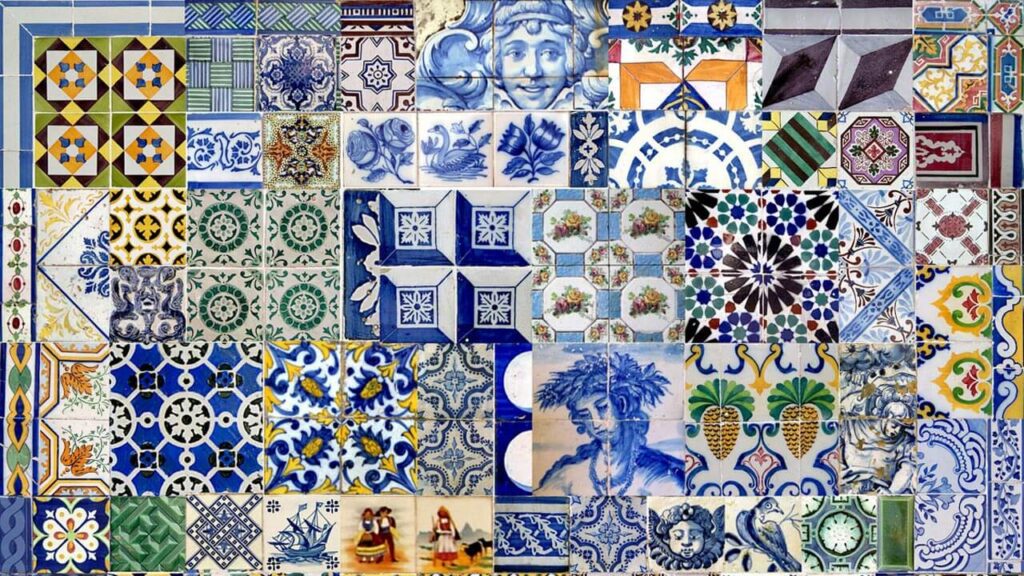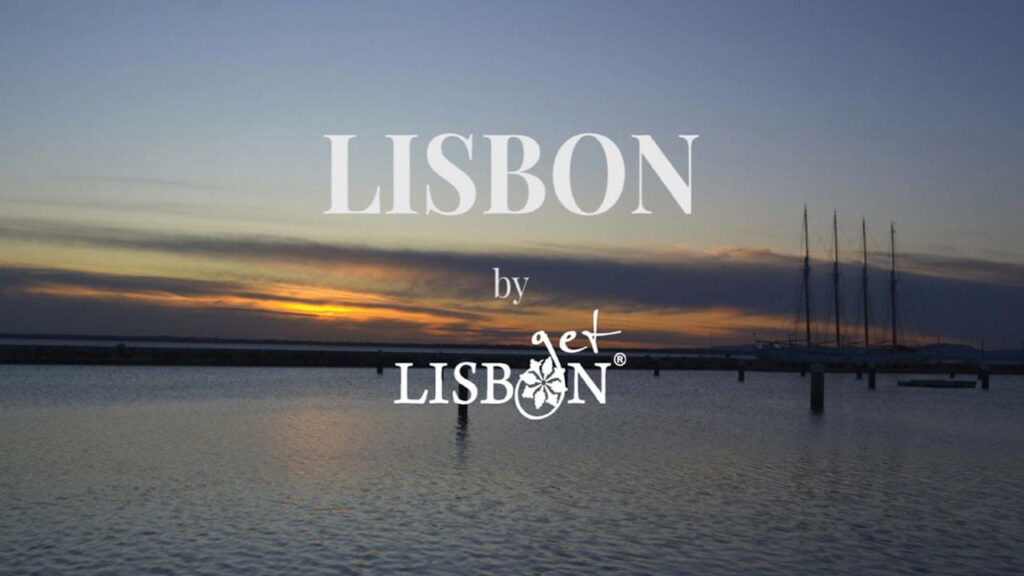Tilework is one of the ‘ex-libris’ of Portugal, that is to say, one of the symbols that represents our country. The innumerate uses of its aesthetic applied to objects as simple as patterns of household linen, stationery, crockery, or the most common souvenirs, prove this.
The foreigners appreciate tilework and the Portuguese, after a period of rejection, are now learning to like and comprehend this fantastic coating with which we cross in each corner of any age. It has been about 500 years of historical evolution and of unequivocal importance in the panorama of the Portuguese decorative arts.
Of course that the production of tiles exists in other parts of the world, but the truth is that in Portugal the tile has acquired unique specificities, always keeping up with the aesthetics of each period.
What amazes us in this form of art is how magnificent it has become, the scenographic sense and the chromatic characteristics that vary and that, on their own, allow us to identify them by era. As well as the originality in its application that establishes a dialogue between the tiles and the space itself, and the creativity in the crossing of various arts, from painting, engraving, ceramics to architecture, that have made the Portuguese tilework unique in the world.
Get to know Lisbon’s historic neighbourhoods in a guided tour and discover unmissable places of this magnificent city.
Arab Origin, the Alicatados

The term azulejo (tile) derives from the Arab al zulej that means smooth and polished stone. It was during the Arab occupation that the coating was introduced in the Iberian Peninsula, being the centre of production in Andaluzia, in our neighbour Spain.
A tile is a square ceramic piece that is used for covering surfaces such as floors, walls and ceilings. It is waterproof, it protects the surfaces from wearing over time, and it is hygienic as it is easily washable, durable and aesthetically attractive due to its shine and chromatic value.
Until the 15th century, the tiles still weren’t square shaped and didn’t look like the ones we know today. The craftsmen produced clay surfaces of big dimension that they would then glaze in different colours, cut into geometrical shapes and finally combine them, forming patterns of complicated drawings of great decorative value. The boards were cut with pliers and demanded a high level of expertise from the craftsman that had to shift to where the tiles would be applied. This process, Alicatado, was time consuming, complicated and consequently expensive.


Aresta and Corda-Seca

To optimise and facilitate the production process, the shape of the pieces became regular. This innovation allowed craftsmen to produce in less time and to export its pieces disassembled, not having to be a skilled craftsman to apply them.
In the beginning, there were a few problems in practical terms, as the paints would get mixed together, both in the painting phase and the baking phase. To overcome this difficulty, two techniques, often associated, were used: the Aresta, small relief that allowed a mechanical separation between zones of different colours and the Corda-Seca, the use of a greasy matter that also helped avoid the colours from getting mixed together, but that wasn’t 100% effective. It was necessary to improve all these techniques, which happened towards the end of the 16th century.
This type of tiles are known as Hispanic-Moorish or mudéjares and still today in Spain are produced tiles inspired in these. They are multi-coloured relief tiles with floral and geometrical motifs.
Near Lisbon, in the village of Sintra, we can find exemplars of Alicatados and also of Aresta and Corda-Seca of the 16th century in the Palácio da Vila, which were ordered by King Manuel I. It is also still possible to appreciate exemplars and the explanation of these processes in the first nucleus of the National Tile Museum in Lisbon.
We intend, through a series of posts, to approach this rich and unique theme, showing you what you can explore and enjoy in Lisbon. Stay tuned!
| Never miss another article | Subscribe here |
The project getLISBON has been very rewarding and we want to continue revealing the singularities of fascinating Lisbon.
Help us keep this project alive!
By using these links to make your reservations you’ll be supporting us. With no extra costs!
• Looking for a different experience? We can create a customised itinerary based on your interests. Contact us!
• Or if you prefer tours and other activities in various destinations, take a look at GetYourGuide.
• Save time and money with a flexible Lisbon Card!




